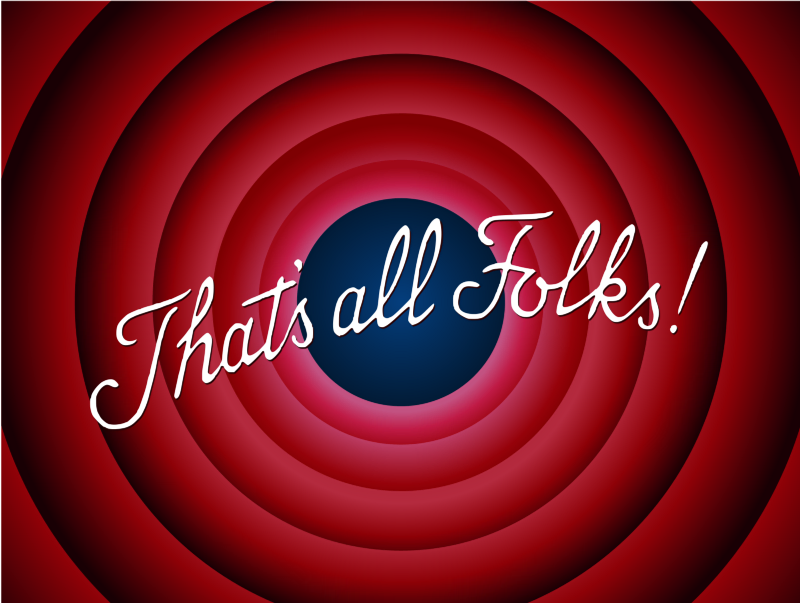I’ve been doing some reading on design in general.
I’ve also been watching a lot of content on this topic, these came mostly through recommendations.
(I’ve listed all of this content right at the end of this post)
Its hard to put a finger on what good design is, maybe its a good thing that it’s subjective in nature. I’m not trying to define what is good design, I’m just here to give examples of what I think is good design, that fits into a few buckets.
The buckets I’ve chosen are 4 of our 5 senses. I chose this because I used to be disappointed with how little technology has impacted most of our senses.
What follows is an collection of them across the five senses to show the beauty that designers have brought to our world that go beyond sight.
There are a lot of things I will not be covering in this post, maybe i’ll do another post on them, there are a lot of good examples of structural, functional and aesthetic design out there that do not directly fit into the buckets I am trying to work with in this post.
We’ll start with smell.
My favourite example of this is a little crude, it’s the S-Bend/U-Bend used in toilets.
The link talks about why the bend needed to be created.
Toilets used to stink, quite badly, this simple structural design change; places what is essentially 2 cups of water between us and, the smell. It’s super simple design that we don’t notice, it was made way back in the 18th Century and its still in use, I think that’s quite lovely.
Next time you’re in a toilet, thank Alexander Cumming for making it not stink.
How do you design with sound?
Ask the good people at Nokia.
Any of you ever had an old Nokia 1100? It’s a bit like the phone I use now.
Do you remember the tone for SMS on it?
It used to go “beep beep beep boop boop beep beep beep”
Well, that’s some lovely design right there.
Lets do some substitutions here.
Lets substitute every ‘beep’ with ‘.’ (dot) and every ‘boop’ with ‘-’ (dash)
The tone then becomes ‘… — — …’ (dot dot dot dash dash dot dot dot)
‘…’ in American Morse code is ‘S’
‘ — —’ in American Morse code is ‘M’
The tone is literally ‘SMS’
They knew what they were doing. This is quite brilliant.
Touch
This one was tough. To be perfectly honest, I’m not too satisfied with the examples I’m going to use here, I clearly have a lot of work to do to better recognise good design for the sense of touch.
So, to sweeten the deal, I’m using three, similar, examples to illustrate sense of touch in good design.
When I started brainstorming on ideas for this, the examples that came out mostly involved the visually impaired, but, they weren’t everyday examples, relatable worldwide. I think this way of thinking gave me examples, but, they were all very similar, would love to know any examples you can think of as designed for the sense of touch.
I found three that were everyday and relatable :
- TV Remotes : Most ( not all ) TV Remotes tend to have small indentations next to 3 types of buttons : Power, Volume and Channel. The indentations are typically in braille : The braille representation of ‘P’, ‘V’ and ‘C’ respectively. I thought that was pretty cool and it helps in the dark for those who aren’t visually impaired as well.
- Keypads : Most number keypads have a small indentation on top of the number ‘5’, which is central to the rest of the number keys (in the T-9 layout). This can be found on TV Remotes, feature phones that had physical keyboards and, number pads on keyboards.
- Computer Keyboard : Pretty much all QWERTY keyboard have small indentations on the letters ‘F’ and ‘J’. This used to have some use, I still have use for it. The middle row in the keyboard ( ‘asdfgh…’ ) is called the home row, which is where your hand is supposed to rest when you’re not typing anything. The letter ‘F’ and ‘J’ correspond to the index fingers on both hands and is an indicator of how to position for your hand on the keyboard for optimal typing. There’s a simple design principle working here, with small indentations acting as an aid for us to get things done even when we can’t see.
Why do fruits taste sweet?
There’s some very interesting evolutionary design going on here.
Have you ever wondered why fruits taste sweet?
Fruits taste sweet to manipulate us into helping them procreate.
They essentially evolved to make all their predators eat them so that their seeds would be dispersed. Most of their predators have a sweet tooth, they decided to test out how tasting sweet would impact seed dispersion.
This is evolutionary design at work.
Sight
There are far too many examples for this and as a result far too many points of view on this.
I will be leaving this for another post (maybe for my next one, I’ll go deep into various aspects of visual design)
But, for now,
 Content to consume
Content to consume
As promised, here is some great design content to consume.
At the end of every post of this type I’ll be adding more content that I have consumed. I hope this is useful for somebody out there.
The book and the documentary were recommended to me by a good friend who said he used to make people watch the documentary when they joined his company.
Book : Donald. A. Norman : Design of Everyday things
Documentary : Objectified (2009)
Talk : Roman Mars : TED talk on city flags
Many thanks to Raghav and Vignesh who helped me get this post out!